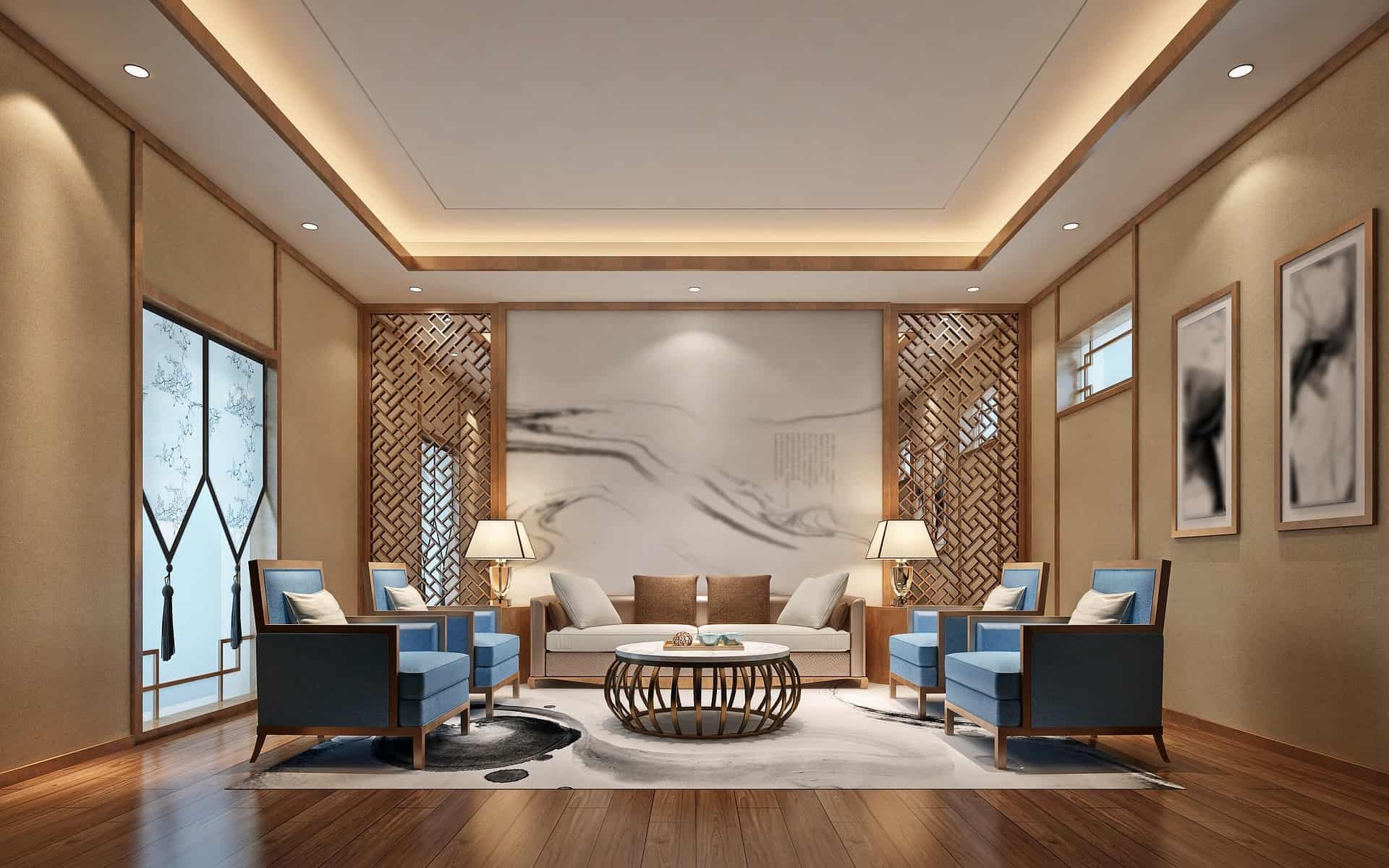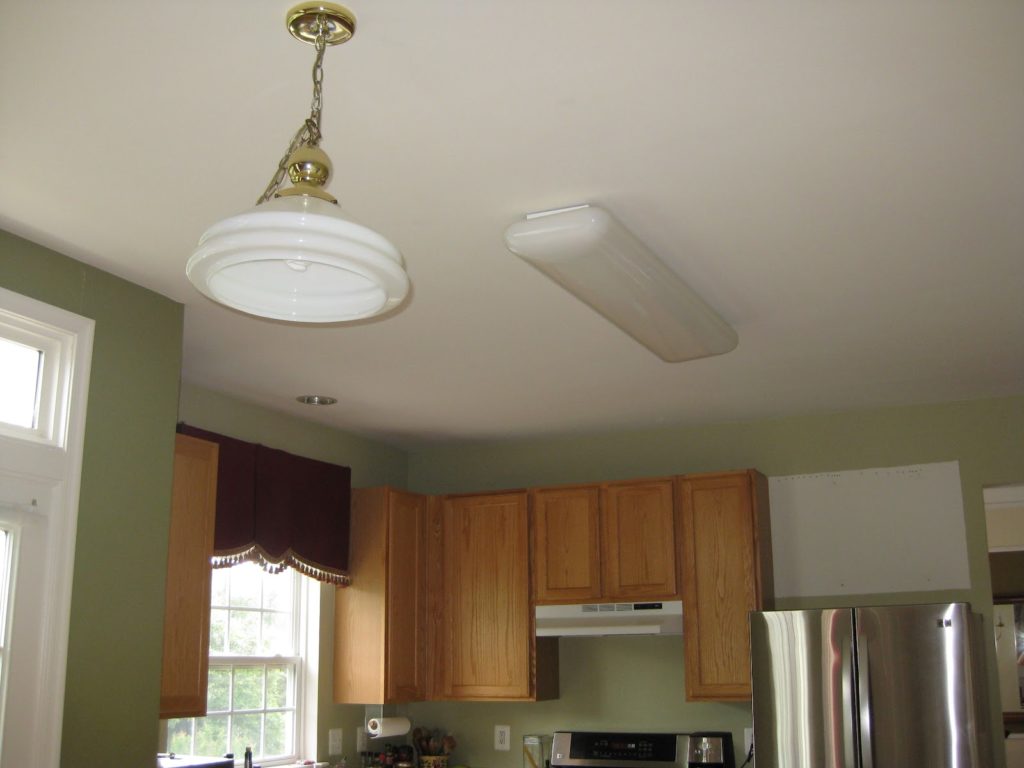Recessed lighting is a popular choice for living room lighting as it provides a sleek, modern look and can be easily customized to fit any design style. Here are 10 ideas to help you make the most out of your canned recessed lights in your living room.Recessed Lighting Ideas for Your Living Room
When it comes to choosing the right canned recessed lights for your living room, there are a few things to consider. First, think about the size and layout of your living room. Larger rooms may require more lights to adequately illuminate the space. You should also consider the color temperature of the lights, as warmer tones can create a cozy and inviting atmosphere while cooler tones can provide a more modern and crisp feel.How to Choose the Right Recessed Lights for Your Living Room
With so many options on the market, it can be overwhelming to choose the best canned recessed lights for your living room. Some top-rated options include the Philips Hue White Ambiance Retrofit LED Recessed Downlight, which allows for adjustable color temperature and can be controlled with a smartphone app, and the Sunco Lighting 12 Pack 6 Inch Slim LED Downlight, which offers a slim design and energy-efficient LED lights.Best Canned Recessed Lights for Living Room
Recessed lights, also known as can lights, and flush mount lights are two popular options for living room lighting. While recessed lights provide a more modern and streamlined look, flush mount lights can add a touch of elegance and are often more affordable. Consider your personal style and the design of your living room when deciding between the two.Living Room Lighting: Recessed vs. Flush Mount
The number of recessed lights needed in a living room can vary depending on the size and layout of the space. As a general guideline, aim for one light every 4-6 feet for a uniform and balanced look. You may also want to consider layering your lighting with other types of fixtures, such as floor lamps or wall sconces, to add depth and ambiance.How Many Recessed Lights Do I Need in My Living Room?
Recessed lights can be used to create a variety of lighting designs in your living room. For a cozy and intimate feel, consider placing lights around the perimeter of the room and using dimmers for adjustable lighting. For a more dramatic effect, try arranging the lights in a grid pattern on the ceiling. You can also use recessed lights to highlight specific areas, such as artwork or architectural features.Living Room Lighting Design with Recessed Lights
Aside from the Philips Hue White Ambiance Retrofit LED Recessed Downlight and Sunco Lighting 12 Pack 6 Inch Slim LED Downlight mentioned earlier, other top-rated canned recessed lights for living rooms include the Hyperikon 4 Inch LED Recessed Lighting, which offers energy-efficient and long-lasting LED lights, and the Torchstar 4 Inch Dimmable Recessed LED Downlight, which has a slim design and is easy to install.Top Rated Canned Recessed Lights for Living Room
When planning your living room lighting layout with recessed lights, there are a few key things to keep in mind. First, consider the function of the space and how you want the lighting to enhance it. For example, if you use your living room primarily for watching TV, you may want to avoid placing lights directly above the television to avoid glare. You should also consider the placement of furniture and any other decorative elements that you want to highlight.Living Room Recessed Lighting Layout Ideas
While installation of recessed lights may seem daunting, it can be a relatively simple process with the right tools and knowledge. First, make sure to turn off the power to the room before beginning any work. Then, follow the manufacturer's instructions for cutting the holes in your ceiling and wiring the lights. If you are uncomfortable with DIY projects, it is always best to hire a professional.How to Install Canned Recessed Lights in Your Living Room
When it comes to placement of recessed lights in your living room, there are a few general guidelines to follow. First, avoid placing lights too close together, as this can create a cluttered and uneven look. The distance between lights should be roughly the same as the distance between the lights and the wall. Additionally, consider the height of your ceiling when deciding on placement. For higher ceilings, you may want to space the lights further apart to avoid casting harsh shadows.Living Room Recessed Lighting Placement Guide
The Benefits of Using Canned Recessed Lights in Your Living Room

Enhanced Aesthetics
 When designing your living room, one of the most important factors to consider is lighting.
Canned recessed lights
are a great option for adding both functionality and style to your space. These lights are installed into the ceiling, creating a clean and seamless look that is perfect for modern or minimalist design styles. The sleek and compact nature of these lights also allows them to blend in seamlessly with any type of ceiling, whether it is low or high.
Recessed lights
also offer a softer and more diffused light compared to traditional overhead lights, making them perfect for creating a cozy and inviting atmosphere in your living room.
When designing your living room, one of the most important factors to consider is lighting.
Canned recessed lights
are a great option for adding both functionality and style to your space. These lights are installed into the ceiling, creating a clean and seamless look that is perfect for modern or minimalist design styles. The sleek and compact nature of these lights also allows them to blend in seamlessly with any type of ceiling, whether it is low or high.
Recessed lights
also offer a softer and more diffused light compared to traditional overhead lights, making them perfect for creating a cozy and inviting atmosphere in your living room.
Improved Functionality
 Aside from their aesthetic appeal,
canned recessed lights
also offer practical benefits for your living room. These lights are usually installed in a grid pattern, allowing for even distribution of light throughout the room. This eliminates any dark or shadowy areas and provides ample lighting for activities such as reading, watching TV, or entertaining guests. In addition,
recessed lights
can be controlled with dimmer switches, giving you the ability to adjust the brightness level according to your needs and mood.
Aside from their aesthetic appeal,
canned recessed lights
also offer practical benefits for your living room. These lights are usually installed in a grid pattern, allowing for even distribution of light throughout the room. This eliminates any dark or shadowy areas and provides ample lighting for activities such as reading, watching TV, or entertaining guests. In addition,
recessed lights
can be controlled with dimmer switches, giving you the ability to adjust the brightness level according to your needs and mood.
Space-Saving Design
 Another advantage of using
canned recessed lights
in your living room is their space-saving design. As mentioned earlier, these lights are installed into the ceiling, which means they do not take up any floor or wall space. This is especially beneficial for smaller living rooms where every inch counts. By using
recessed lights
, you can free up valuable space for other furniture or decor, making your living room feel more open and spacious.
Another advantage of using
canned recessed lights
in your living room is their space-saving design. As mentioned earlier, these lights are installed into the ceiling, which means they do not take up any floor or wall space. This is especially beneficial for smaller living rooms where every inch counts. By using
recessed lights
, you can free up valuable space for other furniture or decor, making your living room feel more open and spacious.
Energy Efficiency
 In today's world, energy efficiency is becoming increasingly important.
Canned recessed lights
are a great way to reduce your energy consumption and save on your electricity bills. These lights use LED bulbs, which are known for their energy efficiency and long lifespan. LED bulbs also produce less heat compared to traditional bulbs, making them a safer and more eco-friendly option for your living room.
In conclusion,
canned recessed lights
are a versatile and practical choice for your living room. They offer a sleek and modern look, improved functionality, space-saving design, and energy efficiency. Whether you are redesigning your living room or building a new home, consider incorporating
recessed lights
into your design for a beautiful and functional living space.
In today's world, energy efficiency is becoming increasingly important.
Canned recessed lights
are a great way to reduce your energy consumption and save on your electricity bills. These lights use LED bulbs, which are known for their energy efficiency and long lifespan. LED bulbs also produce less heat compared to traditional bulbs, making them a safer and more eco-friendly option for your living room.
In conclusion,
canned recessed lights
are a versatile and practical choice for your living room. They offer a sleek and modern look, improved functionality, space-saving design, and energy efficiency. Whether you are redesigning your living room or building a new home, consider incorporating
recessed lights
into your design for a beautiful and functional living space.

































































/185006363-56a5a6425f9b58b7d0ddd374.jpg)









